Flowers Names
Do you have a garden or enjoy seeing flowers bloom around you? Knowing the names of flowers not only makes you more aware of your surroundings but also helps expand your vocabulary. Learning about flowers from around the world can be both interesting and educational. In this article, you will discover the names of flowers and explore detailed information about some of the most common and popular flowers. This guide is designed to help you to improve their English, enhance observation skills, and appreciate the beauty and diversity of nature.
Table of Contents
- 10 Flower Names with Pictures and Their Uses
- Different Types of Flowers
- Key Points for Writing a Permission Letter
- A - Z List of 200+ Common Flowers Names
- Frequently Asked Questions on Flowers Names
10 Flower Names with Pictures and their Uses
1. Sunflower
_D35_5966_01.webp)
Sunflowers are members of the daisy family of flowers. This flower arrangement grows in semi-arid regions. Sunflowers stand with the dry spells at a slightly higher level than many other plants. They require soil that is well-drained, but the soil type can range greatly.
Uses:
-
It is used for frying foods or other kinds of cooking purposes.
-
It gives snack foods a longer shelf life.
-
Sunflower seeds provide a healthy snack for both humans and animals.
-
Sunflower meals can be used as well to provide high-fiber food to animals.
2. Jasmine
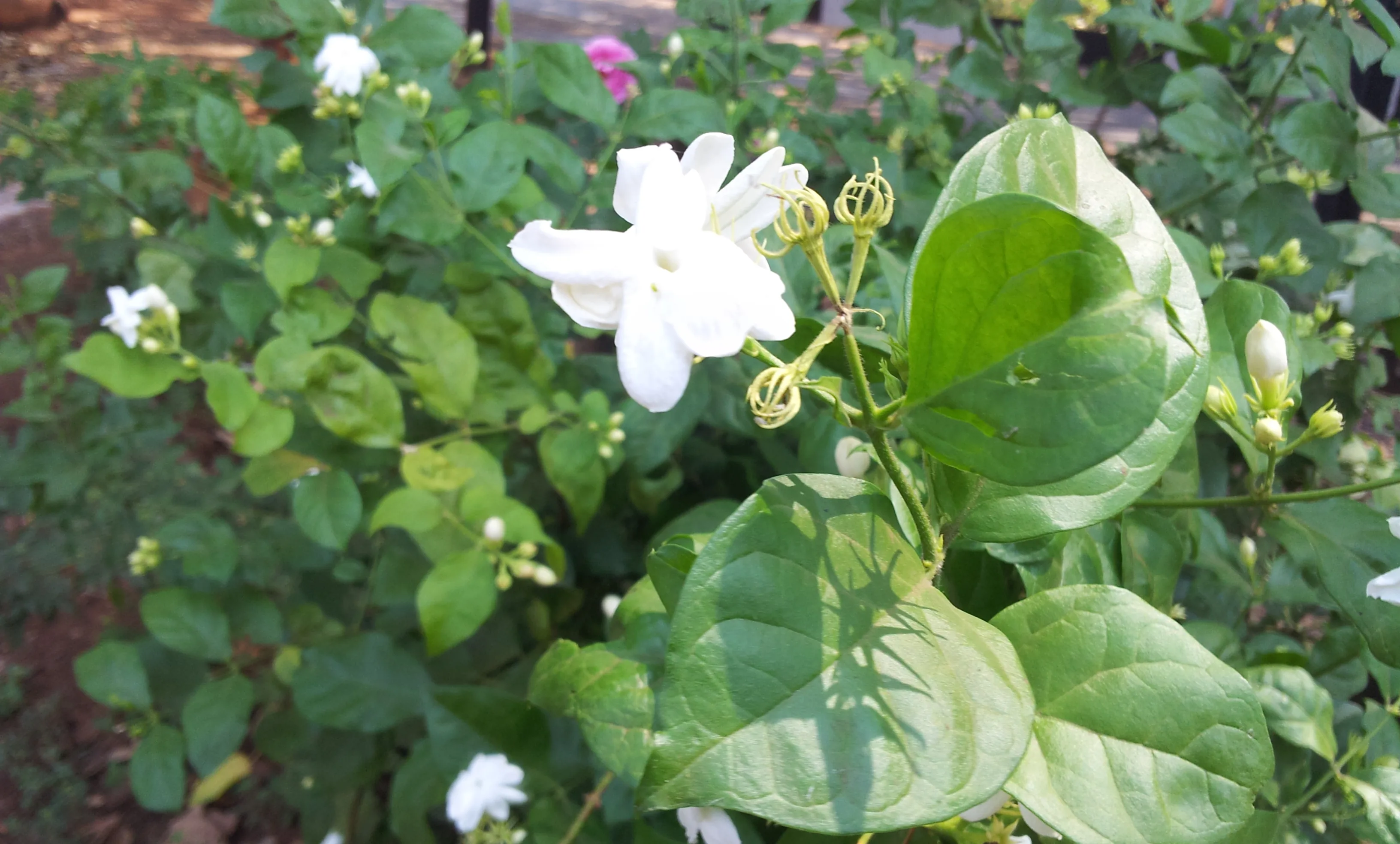
The jasmine flowers are highly fragrant. This flower blooms in white color, and it appears in summer and fall. Jasmine plants grow best in the warmer regions of the world. These flowers can be grown in almost all types of soil as long as enough water is available. Jasmine plants also require full sun for the best growth.
Uses:
-
Jasmine flower oil turned into several different compounds, including terpineol, jasmine, and benzyl acetate.
-
It is a key ingredient in perfumes and bath products like soap and shampoo.
-
Jasmine tea is also a popular use of flowers.
-
Many Medical benefits of this flower-like plant help in cancer treatments, ringworm and tapeworm infections, and it acts as a calming agent.
4. Rose
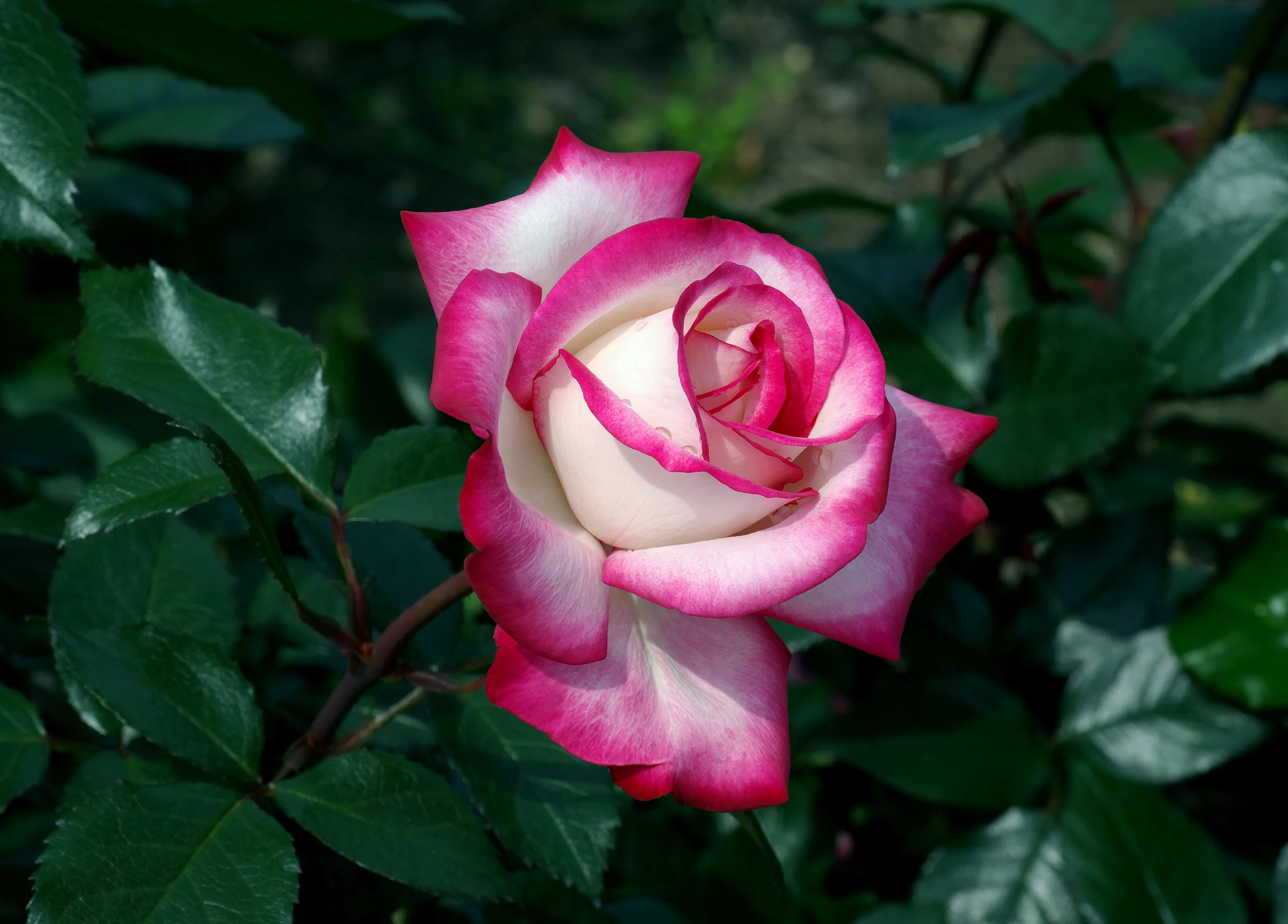
Roses have created a magical illusion for human eyes that is immediately connected to the human heart. Roses are the masterpiece among all the flowers, and it is a beautiful flower that is efficient to bring positive feelings and vibes. The Rose is considered as the symbol of love, passion, and this flower comes in many colors. In the whole world, Roses are 35 million years old, and this flower has 150 species, which are mostly found in the northern part of the globe, which is the reason China has started cultivating rose gardens. That is the reason Roses are the most loved flowers, and in many houses, rose plants are found in their gardens. Roses have been given the tag as the language of love or an expression of love. Rose is said to be the secret of happiness.
Uses:
-
Roses are a big source of vitamin C.
-
This flower has anti-inflammatory properties,
-
Helps in increasing the circulation of blood
-
It helps in relieving joint pain.
-
Also, its paste is also good for improving the condition of the skin.
4. Lavender
.webp)
Lavender is an evergreen plant, and this flower is found in the Middle East and in India. This flower is the most fragrant flower. These flower bunches have various types of health benefits.
Uses:
-
It is popular for scent
-
Also used as medicine.
-
Lavender oil is used as a calming and it helps in relaxing certain muscles.
-
Having many antibacterial and antifungal effects.
5. Marigold
Marigolds are bright, vibrant flowers that belong to the Asteraceae family. These flowers are easy to grow and bloom in a variety of climates, often seen in gardens and floral decorations. Marigolds are known for their cheerful yellow and orange petals.
Uses:
-
Marigolds are used in ornamental decorations and garlands for festivals.
-
Their petals are used in natural dyes and food coloring.
-
They have medicinal properties, such as reducing inflammation and aiding wound healing.
-
Marigold extracts are used in skincare products for their soothing effects.
6. Orchid
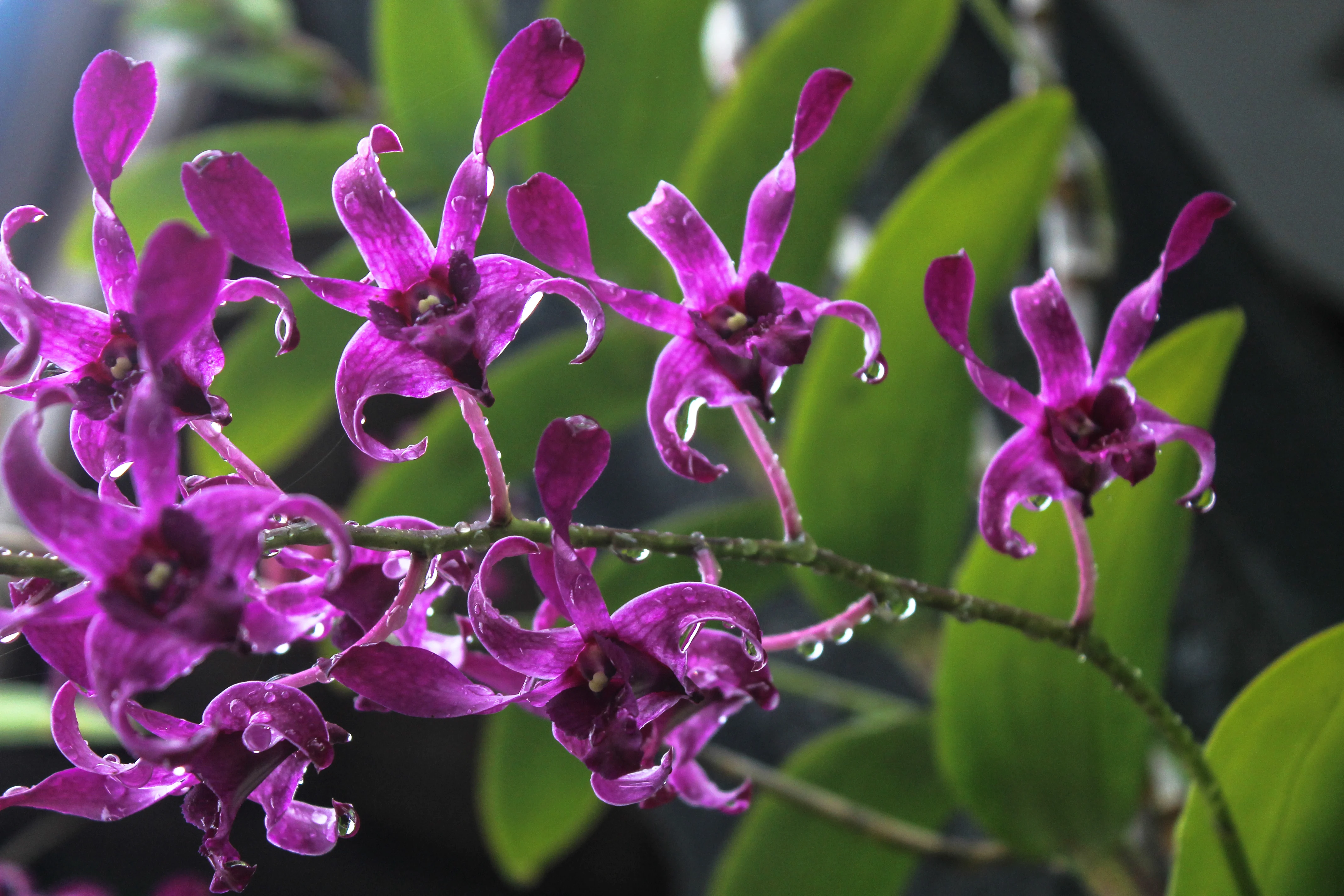
Orchids are exotic and elegant flowers that belong to the Orchidaceae family. They are found worldwide, especially in tropical regions. Orchids are known for their intricate shapes and variety of colors, making them highly popular in ornamental gardening.
Uses:
-
Orchids are widely used as ornamental plants and in floral arrangements.
-
Orchid extracts are used in perfumes and cosmetic products.
-
Some species, like Vanilla orchid, are used for producing vanilla flavoring.
-
They are also studied for their ecological role in pollination research.
7. Tulip
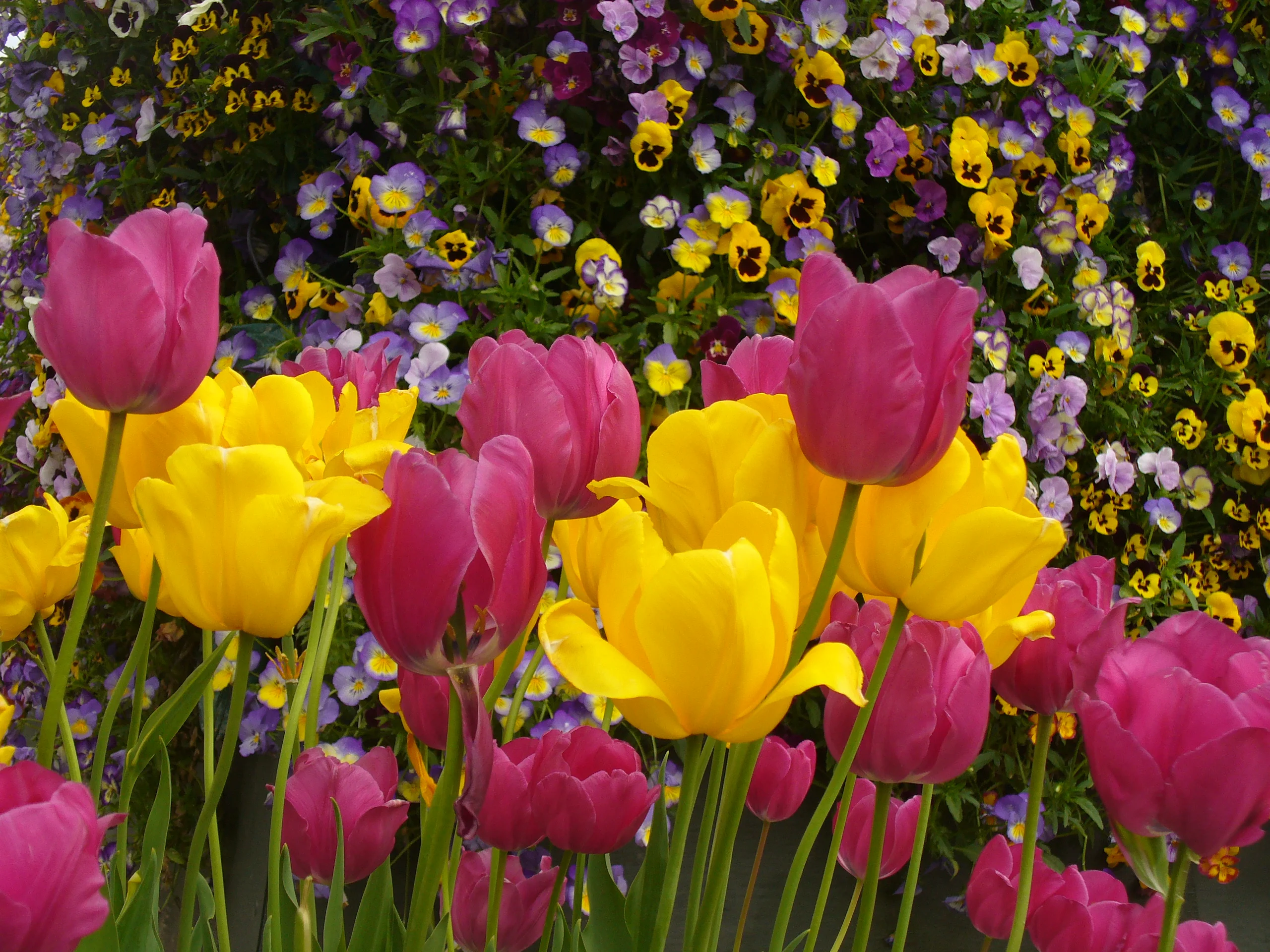
Tulips are bulbous flowers belonging to the Liliaceae family. Native to Central Asia, they are famous for their cup-shaped blooms and a wide range of bright colors. Tulips are highly admired for spring gardens and festivals.
Uses:
-
Tulips are primarily grown for ornamental purposes in gardens and parks.
-
They are used in floral decorations and bouquets.
-
Tulip petals can be used in making natural dyes.
-
Tulips are also a symbol of love and prosperity in various cultures.
8. Hibiscus
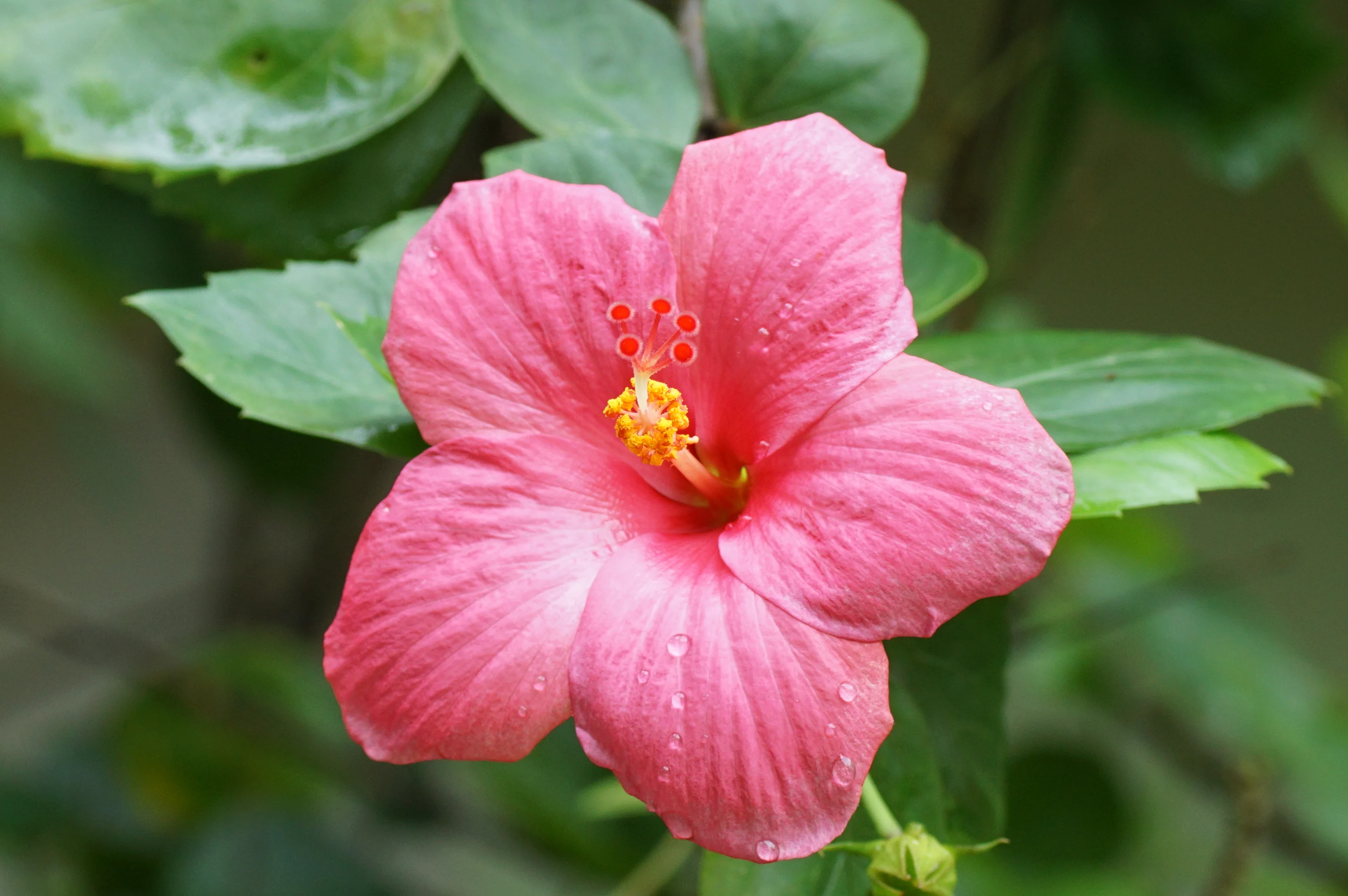
Hibiscus flowers are large, colorful blooms from tropical and subtropical regions. Known for their trumpet-like shape, hibiscus plants thrive in warm climates and are widely cultivated in gardens and for herbal purposes.
Uses:
-
Hibiscus tea is a popular beverage rich in antioxidants and vitamin C.
-
Hibiscus flowers are used in hair and skincare products to strengthen hair and improve skin health.
-
They have medicinal uses, such as lowering blood pressure and improving digestion.
-
Hibiscus petals are used in decorative arrangements and cultural ceremonies.
9. Lotus
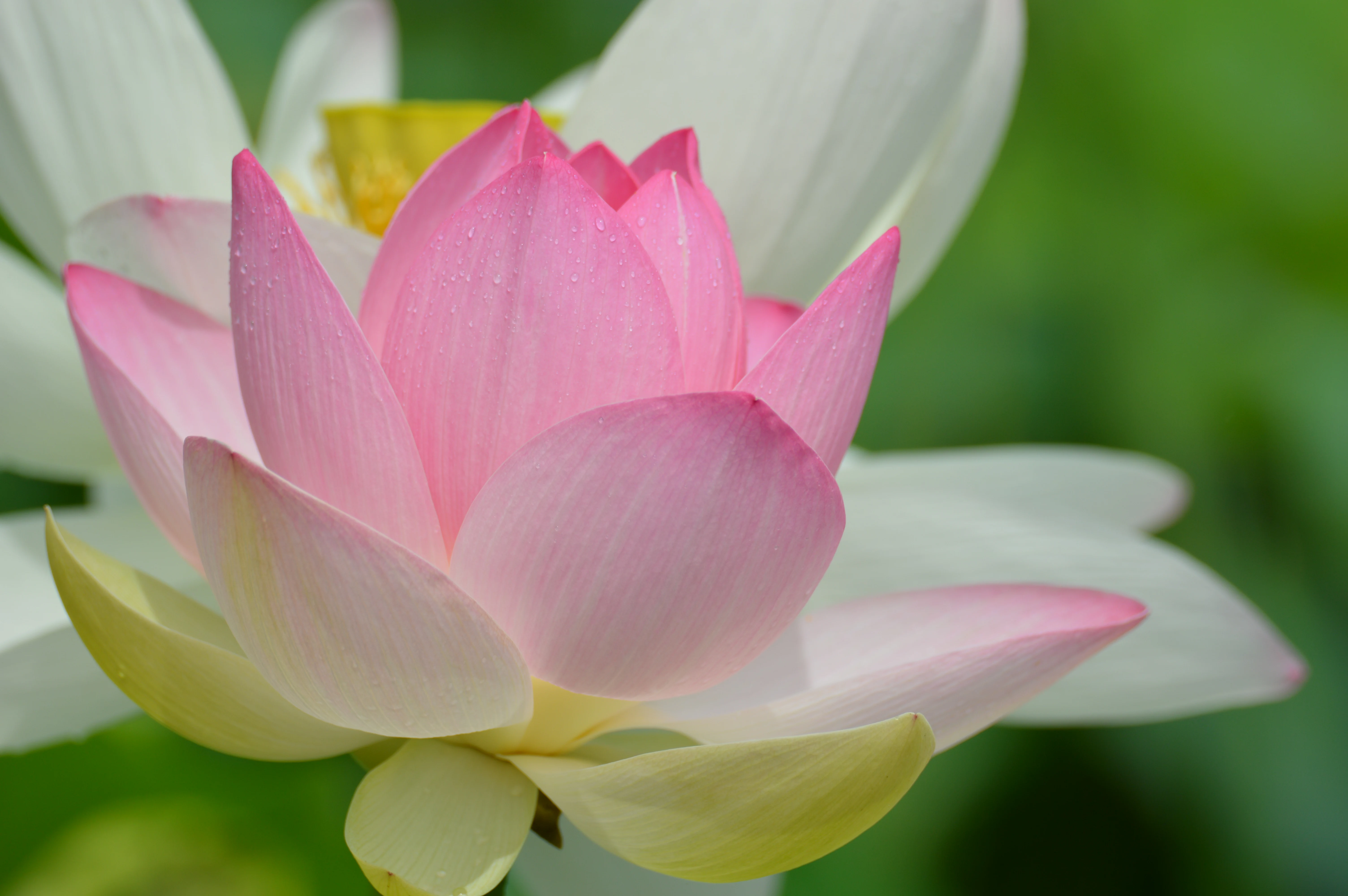
Lotus flowers are aquatic plants found in ponds and lakes, symbolizing purity and enlightenment in many cultures. They are native to Asia and are highly revered for their beauty and spiritual significance.
Uses:
-
Lotus flowers are used in religious rituals and temple decorations.
-
The seeds and roots are edible and used in traditional cuisines.
-
Lotus extracts are used in herbal medicine for improving heart health and reducing stress.
-
Lotus petals and leaves are also used in cosmetic products for their soothing properties.
10. Daffodil
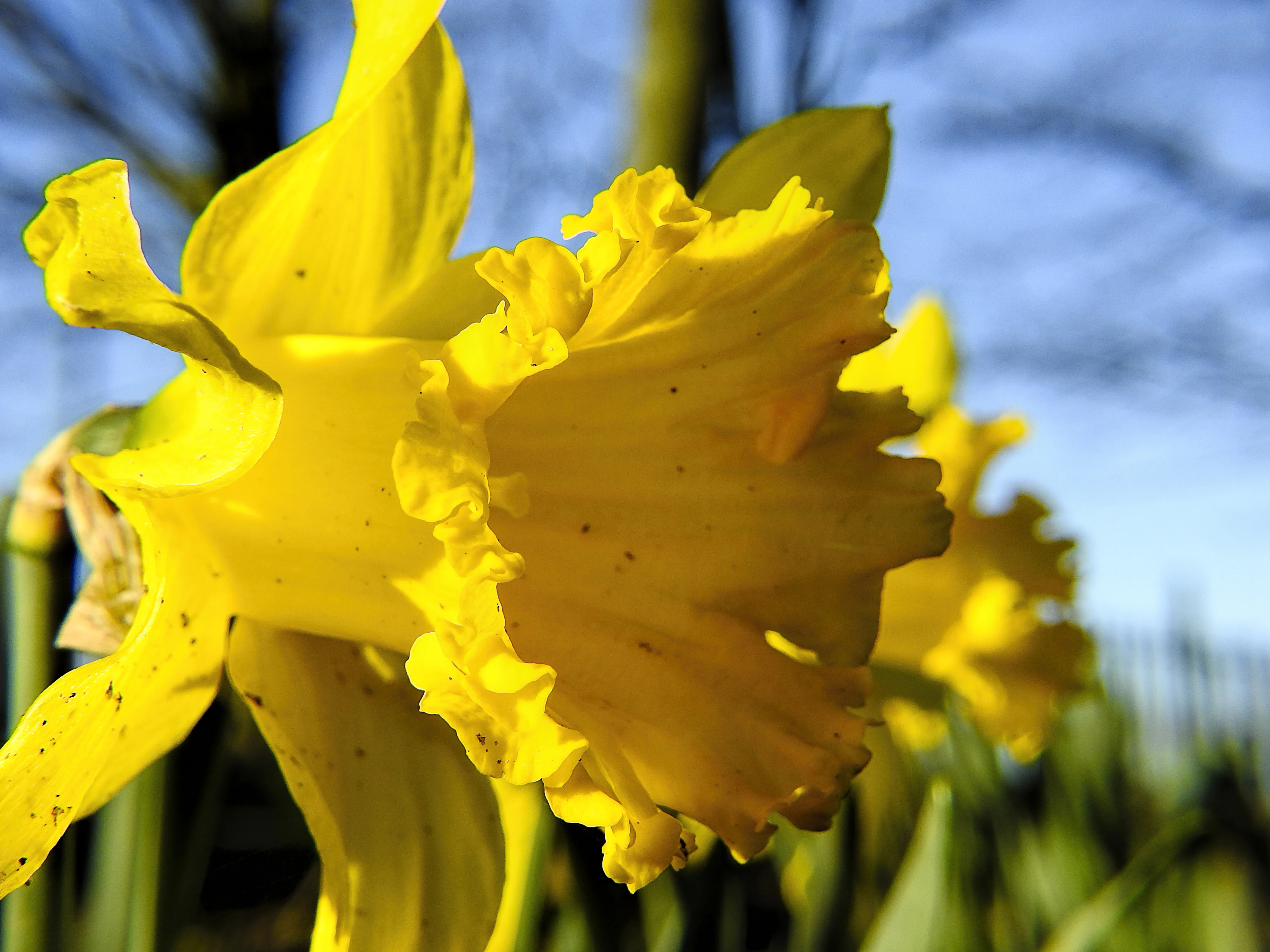
Daffodils are spring-blooming flowers belonging to the Amaryllidaceae family. Known for their trumpet-shaped structure and bright yellow color, daffodils are widely grown in gardens and parks.
Uses:
-
Daffodils are mainly grown for ornamental purposes and landscaping.
-
They are used in bouquets and floral arrangements for celebrations.
-
Some daffodil species are used in traditional medicine for their therapeutic properties.
-
Daffodil extracts are studied for potential applications in treating Alzheimer’s disease.
Different Types of Flowers
Learning about the different types of flowers helps students identify plants, understand their uses, and appreciate the diversity of life. Flowers are not only admired for their beauty but also play an important role in the environment, such as helping in pollination and providing food for insects and birds.
Broadly, flowers can be grouped into different types based on their characteristics, structure, and growth patterns. Some of the main types include:
-
Annual Flowers: These flowers complete their life cycle within one year. Examples include marigold, petunia, and zinnia.
-
Perennial Flowers: These plants live for several years and bloom every season, such as roses, tulips, and hibiscus.
-
Biennial Flowers: These flowers take two years to complete their life cycle. In the first year, they grow leaves, and in the second year, they bloom. Examples are foxglove and hollyhock.
-
Wildflowers: These flowers grow naturally without human care, like daisies and poppies.
-
Herbal and Medicinal Flowers: Some flowers, such as lavender and chamomile, are used for their healing properties.
-
Ornamental Flowers: These are grown mainly for decoration, including orchids, lilies, and sunflowers.
Understanding these types of flowers not only improves your vocabulary but also builds your knowledge of nature and science. Whether in gardens, forests, or fields, each flower adds color, fragrance, and life to our surroundings.
A - Z List of 200+ Common Flowers Names
Now it’s now time to expand your knowledge further. The following is a comprehensive list of 200+ common flower names in English. This list will help you to recognize more flowers, improve vocabulary, and gain a deeper understanding of plant diversity.
A
Acacia
Aconite
African Daisy
Agapanthus
Agave Flower
Alstroemeria
Alyssum
Amaranth
Amaryllis
Angelonia
Anemone
Apple Blossom
Aquilegia
Aster
Azalea
B
Baby’s Breath
Bachelor’s Button
Balloon Flower
Barberry Flower
Begonia
Bellflower
Bird of Paradise
Black-eyed Susan
Bluebell
Blue-eyed Grass
Bougainvillea
Bouvardia
Buttercup
Buttonbush
C
Calendula
Camellia
Canna
Canterbury Bells
Carnation
Catmint
Celosia
Cherry Blossom
Chrysanthemum
Clematis
Clover
Coleus
Coral Bells
Coreopsis
Cosmos
Crocus
Cyclamen
D
Daffodil
Dahlia
Daisy
Delphinium
Dianthus
Dogwood
Dragonhead
Dusty Miller
Dutch Iris
E
Easter Lily
Edelweiss
Egyptian Starflower
Echinacea
Evening Primrose
Everlasting Daisy
Everlasting Flower
F
Fennel Flower
Fernleaf Yarrow
Feverfew
Fire Lily
Forget-me-not
Foxglove
Frangipani
Freesia
Fuchsia
G
Gardenia
Gazania
Geranium
Gladiolus
Globe Amaranth
Goldenrod
Grevillea
Gypsophila
H
Heliotrop
Hibiscus
Himalayan Blue Poppy
Hollyhock
Honeywort
Hosta
Hyacinth
Hydrangea
I
Iceland Poppy
Impatiens
Indian Paintbrush
Iris
Ixora
J
Jasmine
Jerusalem Sage
Johnny Jump Up
Joseph’s Coat
K
Kangaroo Paw
Kaffir Lily
Kalmia
Knautia
L
Lantana
Larkspur
Lavender
Lemon Balm Flower
Lemon Verbena
Lilac
Lily
Lily of the Valley
Lisianthus
Lobelia
Love-in-a-Mist
Lupine
M
Magnolia
Mahonia
Marigold
Matthiola
Mexican Sunflower
Mimosa
Morning Glory
Muscari
N
Nasturtium
Nemesia
Nicotiana
Nightshade
Nodding Lily
O
Oleander
Orchid
Oxalis
Osteospermum
Osmanthus
P
Pansy
Passionflower
Pea Flower
Peony
Petunia
Phlox
Poppy
Protea
Pulmonaria
Purple Coneflower
Q
Queen Anne’s Lace
Quaker Ladies
Quince Blossom
R
Ranunculus
Raspberry Flower
Red Hot Poker
Rhododendron
Rose
Rose Campion
Rudbeckia
Russian Sage
S
Sage
Salvia
Scabiosa
Sea Holly
Snapdragon
Snowdrop
Snowflake
Solomon’s Seal
Statice
Stephanotis
Sunflower
Sweet Alyssum
Sweet Pea
T
Tansy
Tiger Lily
Tithonia
Trillium
Trumpet Vine
Tulip
Tuberose
U
Ulex
Umbrella Plant
Uncarina
Uva-Ursi
V
Verbena
Veronica
Viburnum
Viola
Virginia Bluebell
Vinca
W
Wallflower
Water Lily
Waxflower
Wheat Flower
Wild Rose
Winter Jasmine
Wisteria
Wood Anemone
X
Xeranthemum
Xylosma Flower
Y
Yarrow
Yellow Bells
Yucca Flower
Yew Flower
Z
Zaluzianskya
Zephyranthes
Zinnia
Zonale Geranium
Zygocactus
Frequently Asked Questions on Flowers Names
Q1. What is the name of 10 flowers?
Answer: Here are 10 common flower names: rose, tulip, sunflower, jasmine, lily, orchid, marigold, daisy, lotus, and hibiscus. These flowers are known for their unique beauty and are popular in gardens, bouquets, and various cultural traditions.
Q2. Who is the queen of flowers?
Answer: The rose is known as the "queen of flowers" due to its beauty, fragrance, and symbolism of love, passion, and elegance.
Q3. What is the name of our national flower?
Answer: The name of India's national flower is the Lotus (Nelumbo nucifera). It is considered a sacred symbol in Indian culture and represents purity, beauty, and knowledge.
Q4. What is the scientific name of the hibiscus flower?
Answer: The scientific name for the most common hibiscus is Hibiscus rosa-sinensis. The scientific name for the hibiscus genus is Hibiscus.
Q5. What is the scientific name for the mayflower?
Answer: The scientific name for the Mayflower depends on which plant you are referring to, as the term “Mayflower” is used for different species in various regions.
Q6. What is the English name of the Aparajita flower?
Answer: The English name for the Aparajita flower is Butterfly Pea or Asian Pigeonwing, with its scientific name being Clitoria ternatea.
Admissions Open for
Admissions Open for
CBSE Schools In Popular Cities
- CBSE Schools in Bangalore
- CBSE Schools in Mumbai
- CBSE Schools in Pune
- CBSE Schools in Hyderabad
- CBSE Schools in Chennai
- CBSE Schools in Gurgaon
- CBSE Schools in Kolkata
- CBSE Schools in Indore
- CBSE Schools in Sonipat
- CBSE Schools in Delhi
- CBSE Schools in Rohtak
- CBSE Schools in Bhopal
- CBSE Schools in Aurangabad
- CBSE Schools in Jabalpur
- CBSE Schools in Jaipur
- CBSE Schools in Jodhpur
- CBSE Schools in Nagpur
- CBSE Schools in Ahmednagar
- CBSE School In Tumkur











